It’s no secret that Peru’s popularity is on the rise. Social media has become inundated with people posing next to llamas, standing in front of the Incan ruins at Machu Picchu, and sipping pisco sours on a sun-baked patio. But in a country of almost a half-million square miles and astonishing biological diversity, these experiences hardly scratch the surface. Framed by glaciers of the world’s second-tallest mountain range, the city of Huaraz offers an alternative to the traditional Peruvian tourist circuit. Whether you want to explore the mountains, or simply get a more local town feel, Huaraz should be at the top of your list.

Why You Should Visit Huaraz, Peru’s Most Overlooked Mountain Town
An Andean city that’s much closer to Lima

Photo: Christian Vinces/Shutterstock
The Andean city is situated at the foot of the Cordillera Blanca — home to 17 glacier-capped peaks topping 6,000 meters (19,685 feet) in height — making it a popular destination for serious hikers, climbers, and mountaineers. Although it’s often overshadowed by the much-photographed city of Cusco, it’s actually much closer to the Peruvian capital.
Huaraz is located just eight hours from Lima by bus. Many companies like Linea and Movil Bus offer one-way tickets for $20 or less. You can maximize your time by taking an overnight bus, although you will miss the changing scenery along the way. By contrast, Cusco is three times as far by bus, or you need to fly there.
You don’t have to be willing to scale a technical summit to make a trip to Huaraz worthwhile. The city’s local feel offers an authentic experience that some of the more popular destinations lack. Instead of shops filled with magnets and postcards, visitors will find markets selling produce to locals, stories about experiences in the surrounding mountains and valleys, and a relaxed South American mountain-town feel.
It’s less crowded than Cusco.
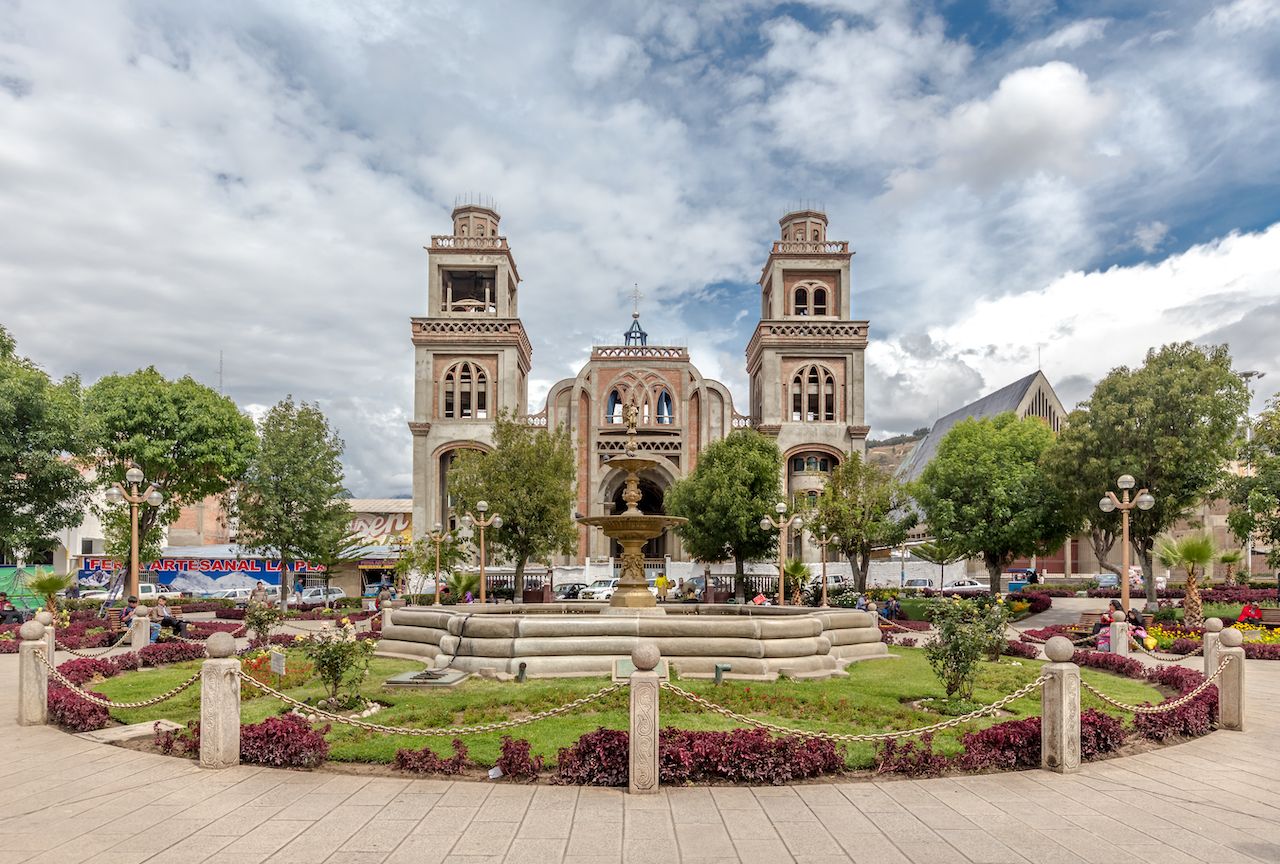
Photo: Kanokratnok/Shutterstock
In Cusco, it is hard to escape the words “Machu Picchu.” Cusco is a beautiful city with a deeply rooted history and culture, but it’s harder to escape the focus on tourism. As you round the corner, a giant poster with the iconic summit of Huayna Picchu on it comes into focus, plastered on the wall in front of a guide service headquarters. You might find yourself fighting through crowds of people wearing cowboy hats and fanny packs as shop owners walk out of their storefront shouting the words “Machu Picchu” or “Rainbow Mountain.”
The streets of Huaraz stand in stark contrast to those of Cusco. Since many visit Huaraz as a jumping-off point to the mountains, the city tends to be much less crowded. Travelers carrying weathered backpacks with trekking poles strapped to the sides wander around Plaza de Armas looking for a bite to eat while others relax in the shade in the nearby Parque del Periodista, taking turns slacklining and people watching.
Although Huaraz does have a large focus on mountain tourism, it doesn’t feel like that’s its sole purpose. It has plenty of options for those looking for guided trips to one of the more popular trekking destinations like Laguna 69 or the Santa Cruz Valley circuit. The city has no shortage of stores and restaurants but maintains a slow-paced and laid-back feel. For a less-crowded alternative to the Laguna 69 hike, head up to Lake Churup, which is an alpine lake located on the outskirts of the city. Churup can be hiked in just a few hours.
It’s cheap.
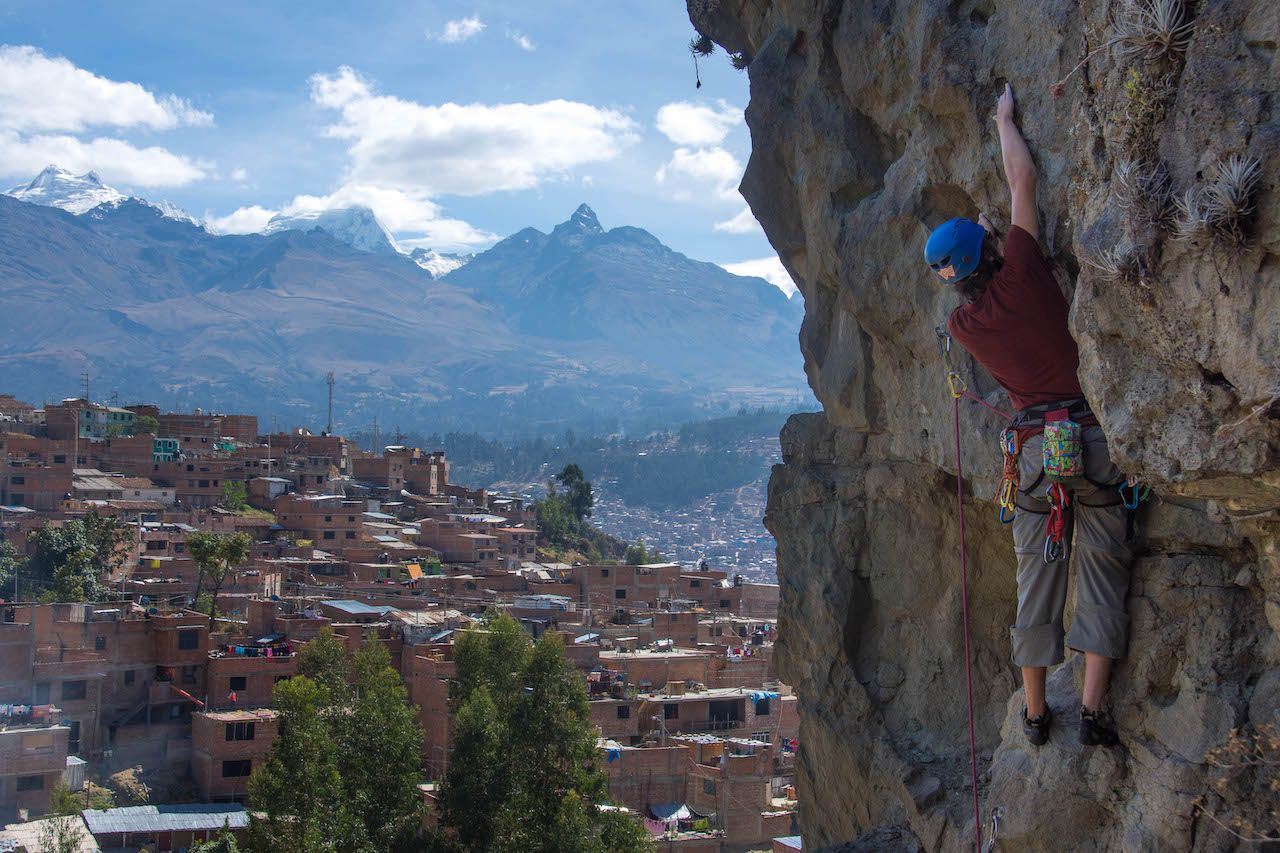
Photo: Josh Laskin
The average daily price to travel in Huaraz is $22 per day, less than half of what it costs per day in Cusco and a third of what it costs in Lima. Of course, this can fluctuate depending on your travel goals. Many hostels, like the Monkeywasi Climbing Hostel have kitchens available for use, which helps shave the daily cost down even further. Monkeywasi also has an indoor climbing wall, gear rentals, and guide services.
Even higher-end accomodations, like those offered by the Llanganuco Lodge starting at $40 per night, are significantly cheaper than what is offered in many of the other tourism-focused cities and towns throughout the country.
Several restaurants offer fixed-price lunch menus for around five soles ($1.50) and dinner menus for 10 soles ($3). And for those looking to bring back an alpaca wool blanket or another souvenir, vendors in Huaraz offer the same products that can be found in Cusco, Lima, Arequipa, and other pricier destinations for a fraction of the cost.
The food is incredible.
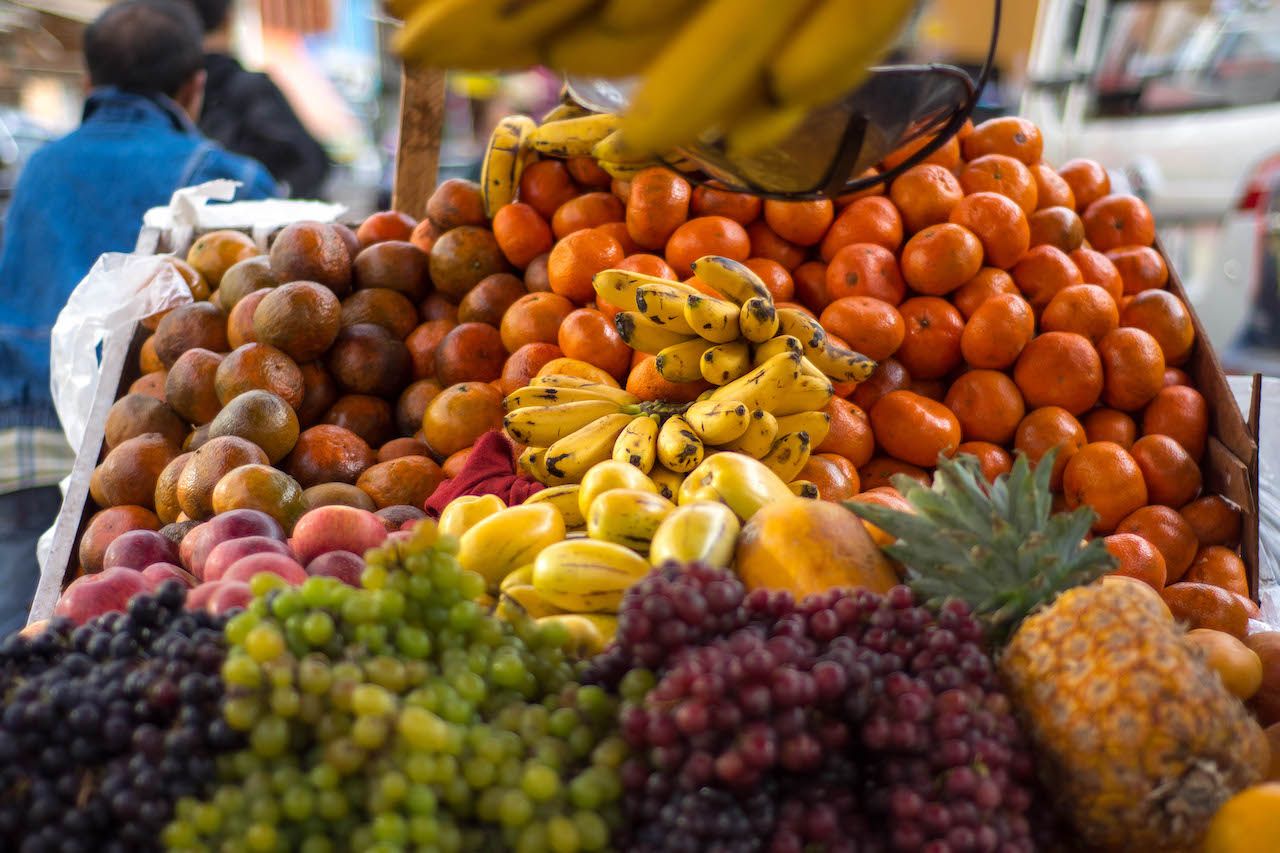
Photo: Josh Laskin
It seems to be a common misconception that food in Peru consists largely of rice and beans. In fact, Peru has was named the “Best Culinary Destination in the World” at the international gala of the World Travel Awards for the seventh consecutive year.
Peru is home to hundreds of distinct dishes, with different regions utilizing the local flora and fauna to develop their own unique tastes. Picante de cuy, or roasted guinea pig in a sauce served with potatoes, is one of the more popular dishes specific to Huaraz. Many street vendors sell anticuchos, or grilled cow heart, which is a hearty meal that can be found throughout the country. And although it’s not specific to Huaraz, pollo a la brasa, or Peruvian rotisserie chicken, is one of the more popular dishes across the country and can be found in many restaurants in Huaraz.
Cafe Andino and Cafe California are both popular hangouts for visitors and locals, and they offer menus with traditional Peruvian and North American fare. The recently opened Manqawi Cafe serves burgers, coffee, and the locally brewed Sierra Andina beer.
For more of a local taste, head to La Brasa Roja, which specializes in pollo a la brasa. Manka, located on Simon Bolivar, offers a fusion of both Italian and local flavors and is very affordable. Bistro de los Andes, which is on the Plaza de Armas in the downtown area, offers local and international dishes and has one of the best views of the Cordillera Blanca.
It is located in the heart of the second-tallest mountain range in the world.
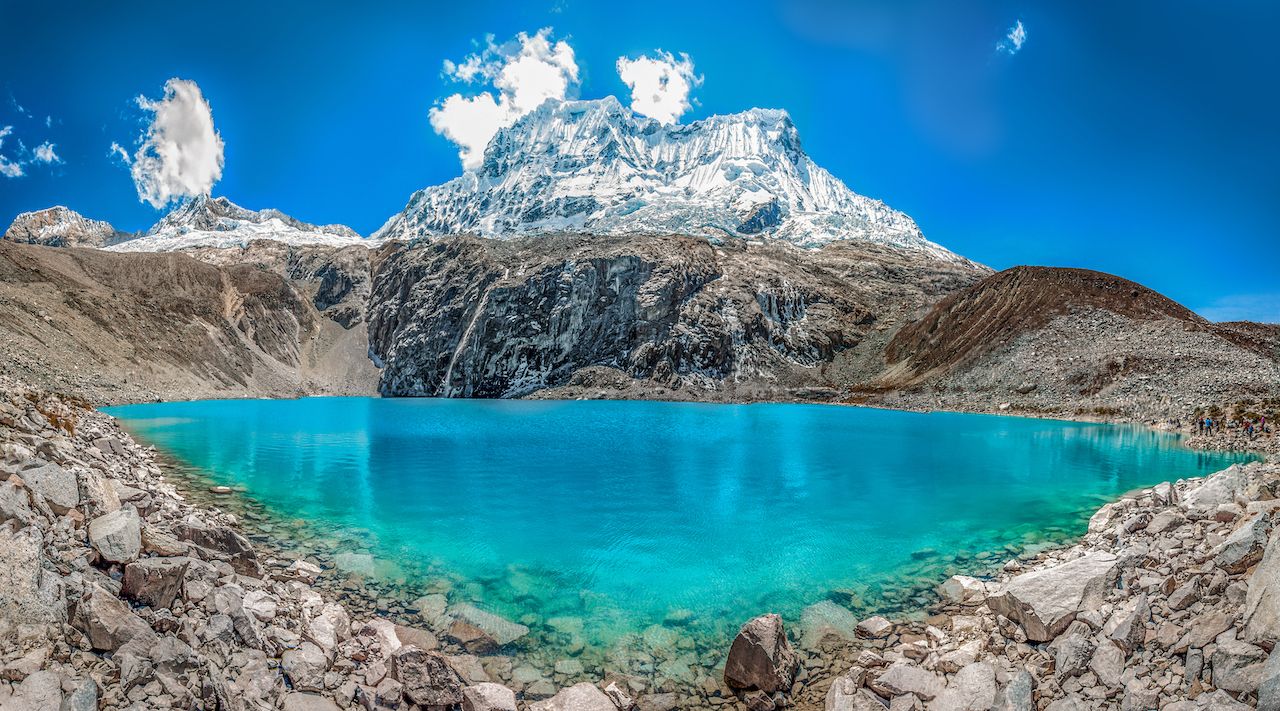
Photo: NiarKrad/Shutterstock
The scenery in the mountains surrounding Huaraz is not dissimilar to what you might see while trekking in the Himalayas. Huge granite and volcanic monoliths protrude from deep, glacier-carved valleys, set in the foreground of breathtaking summits, while turquoise-colored alpine lakes are perched high above the surrounding villages.
The Cordillera Blanca, or “White Range,” is part of the Andes Mountain Range and is home to 722 glaciers and the tallest mountain in Peru: Huascaran, located in a national park of the same name. It is also the largest tropical ice-covered mountain range in the world, making it the perfect destination for first-time or experienced mountaineers alike.
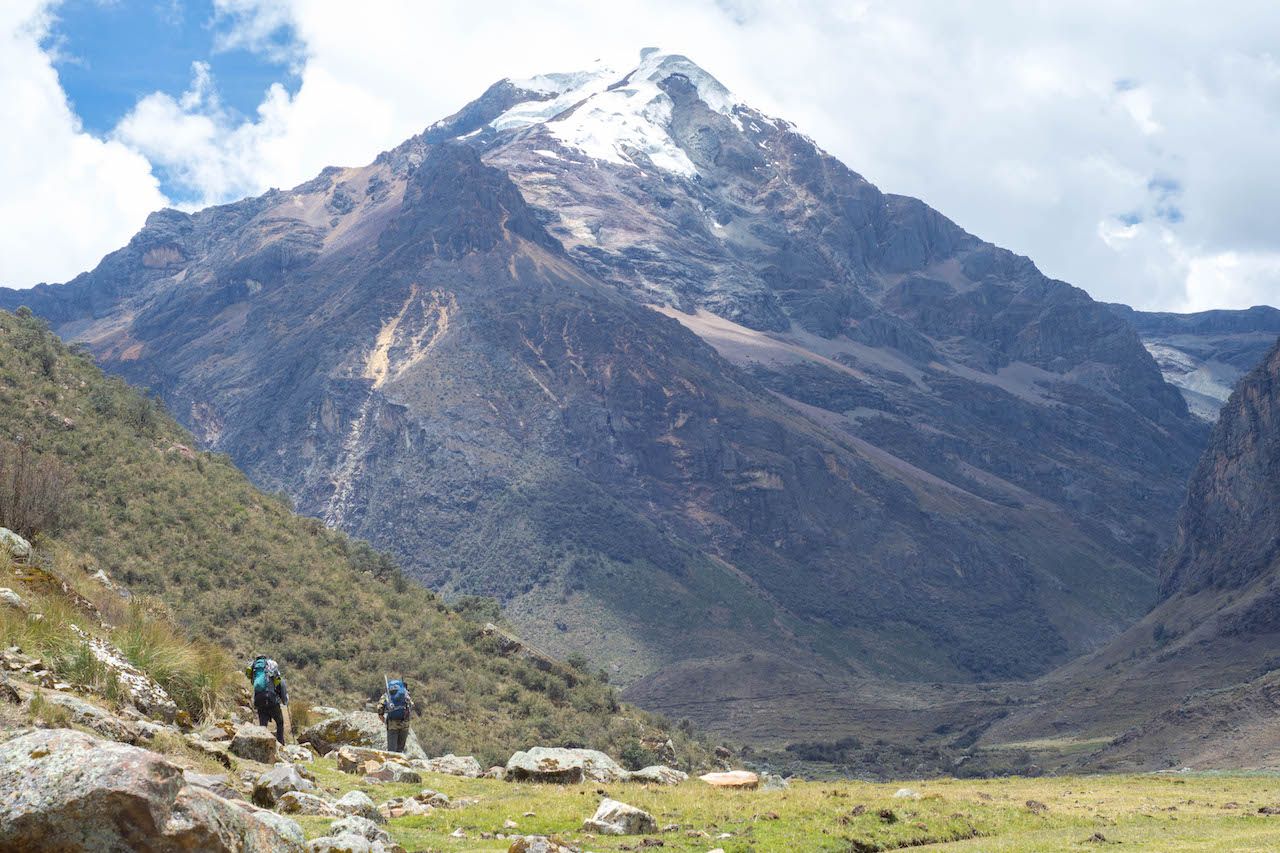
Photo: Josh Laskin
Before attempting a technical peak like Mount Tocllaraju or Mount Chopicalqui — both of which require ice axes, crampons, and rope management skills to navigate steeper ice and snow — it’s a good idea to climb one of the less technical peaks. Andean Kingdom offers trips up some of the less technical peaks like Ishinca and Pisco, which, while being physically demanding and including glacier travel, don’t require extensive technical mountaineering experience.
Even if you are not quite ready to dip your toes into the world of mountaineering, the city itself offers spectacular views of the surrounding peaks. Plenty of guide services also lead day hikes and non-technical multi-day treks in the surrounding area. In addition to mountaineering trips, Andean Kingdom also offers day hikes to Laguna 69 and other destinations, multi-day treks in the surrounding area, and rock climbing trips. Akilpo is another option, offering a variety of trips around the Cordillera Blanca and Cordillera Huayhuash.